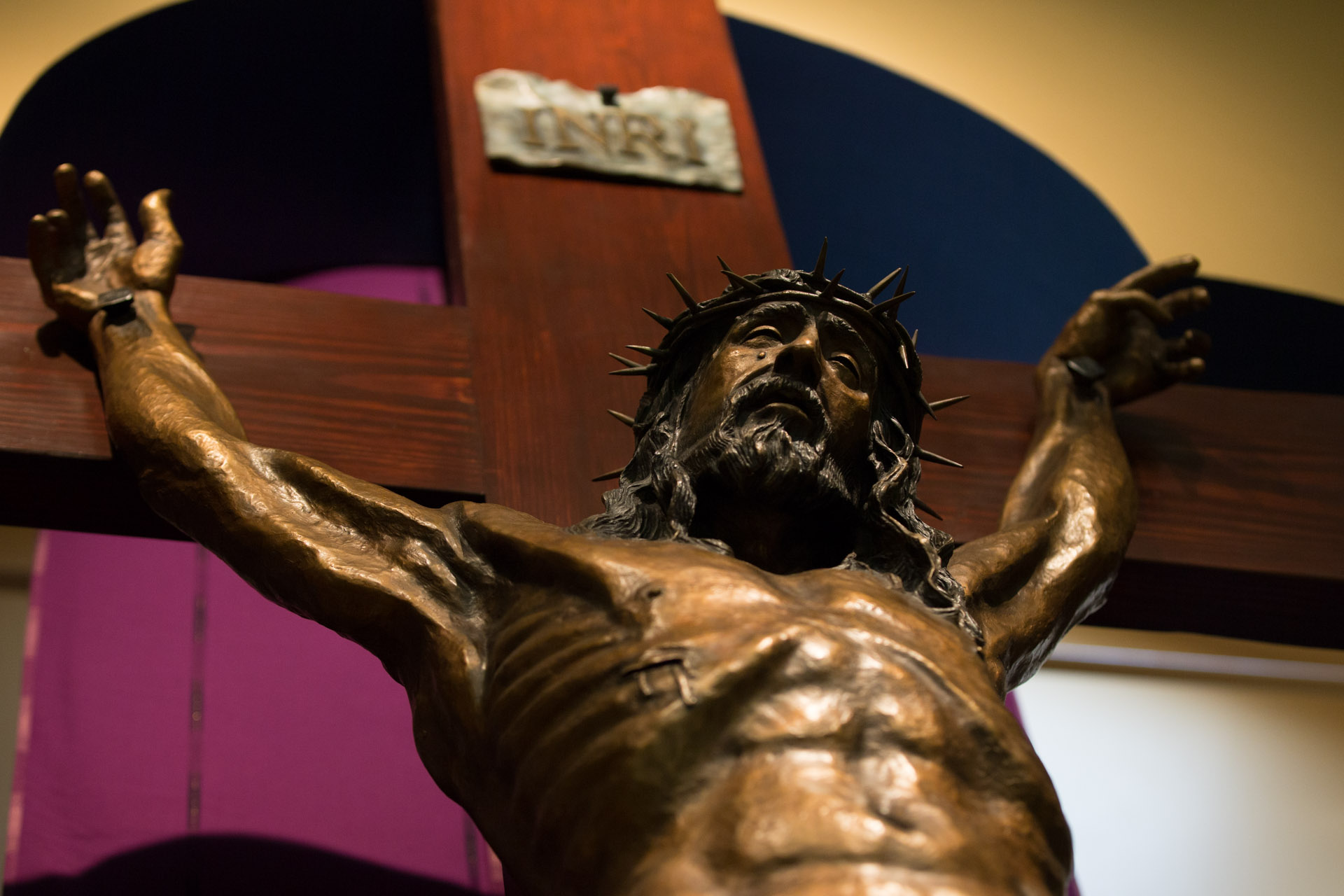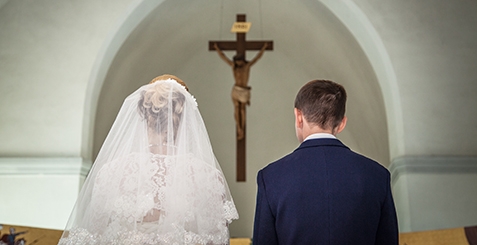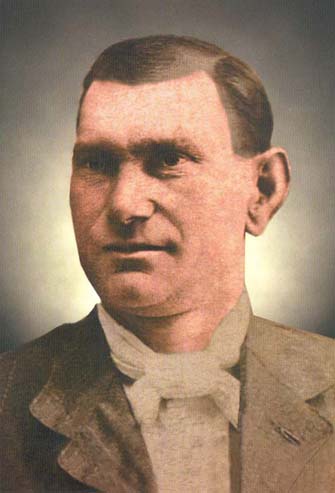Palm Sunday marks the beginning of the most solemn week of the Church’s liturgical year. During Holy Week, the Church celebrates the mysteries of salvation accomplished by Christ in the last days of his earthly life, beginning with the triumphal entry into Jerusalem.
For nearly 40 days the Christian faithful have practiced the disciplines of Lent: prayer, fasting and good works. Now the Church invites us to an even deeper spirit of prayer as we follow Christ on his journey to the cross.
Here are five suggestions for couples to use this week as an opportunity to grow in holiness as individuals and as a couple.
1. What do you do with the palm branches you bring home from Palm Sunday Mass? Consider a simple ceremony to place them in your home. See below for a suggested ritual.
2. During the week pray the Seven Penitential Psalms together. These are especially appropriate during Lent. Prayerfully reciting these psalms helps us to recognize our sinfulness, express our sorrow and ask for God’s forgiveness.
3. Celebrate the Sacrament of Penance if you haven’t already done so during Lent. Many parishes have extra hours and/or communal penance services during Holy Week.
4. Attend a service together on Holy Thursday and/or Good Friday. On Thursday, the Church recalls the Last Supper and Jesus’ gift of His Body and Blood. On Friday, parishes hold services to celebrate the Passion of the Lord; many have Stations of the Cross as well.
5. On Holy Saturday, pray for those who will be received into the Catholic Church during the Easter Vigil. Pray, too, for a deepening of your own faith and the grace to endure the suffering and celebrate the joys of married life.
A SUGGESTED RITUAL FOR PLACING PALM BRANCHES IN THE HOME
After dinner or at another time on Palm Sunday, the household gathers where the palms have been placed, perhaps near a crucifix or the family Bible.
All make the sign of the cross. The leader begins:
Hosanna in the highest!
Blessed is he who comes in the name of the Lord.
R/. Hosanna in the highest!
The leader may use these or similar words to introduce the prayer:
We have come to the last days of Lent. Today we heard the reading of the Passion. That story will remain with us as we leave Lent behind on Holy Thursday and enter into the Three Days when we celebrate the mystery of Christ’s passing through suffering and death to life at God’s right hand.
Listen to the words of the second Letter of St. Paul to the Corinthians: 4:10-11:
[We are] always carrying about in the body the dying of Jesus, so that the life of Jesus may also be manifested in our body. For we who live are constantly being given up to death for the sake of Jesus, so that the life of Jesus may be manifested in our mortal flesh.
Reader: The Word of the Lord.
R/. Thanks be to God.
After a time of silence, members of the household join in prayers of intercession. The intercessions are followed by the Lord’s Prayer. The leader continues:
Let us pray.
Blessed are you, God of Israel, so rich in love and mercy.
Let these branches ever remind us of Christ’s triumph.
May we who bear them rejoice in his Cross
and sing your praise forever and ever.
R/. Amen.
The leader concludes:
Let us bless the Lord.
All respond, making the sign of the cross:
Thanks be to God.








 Born: August 26, 1861
Born: August 26, 1861
